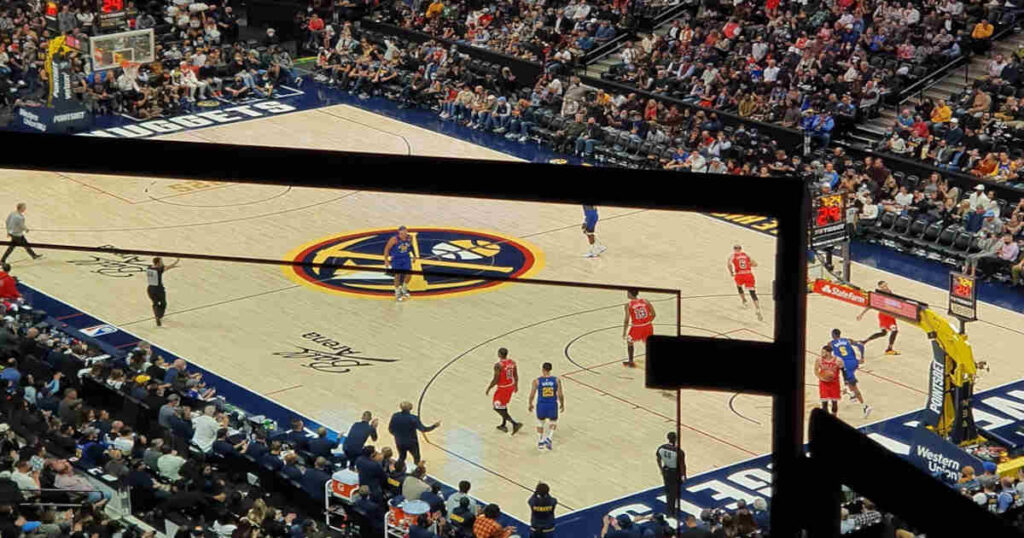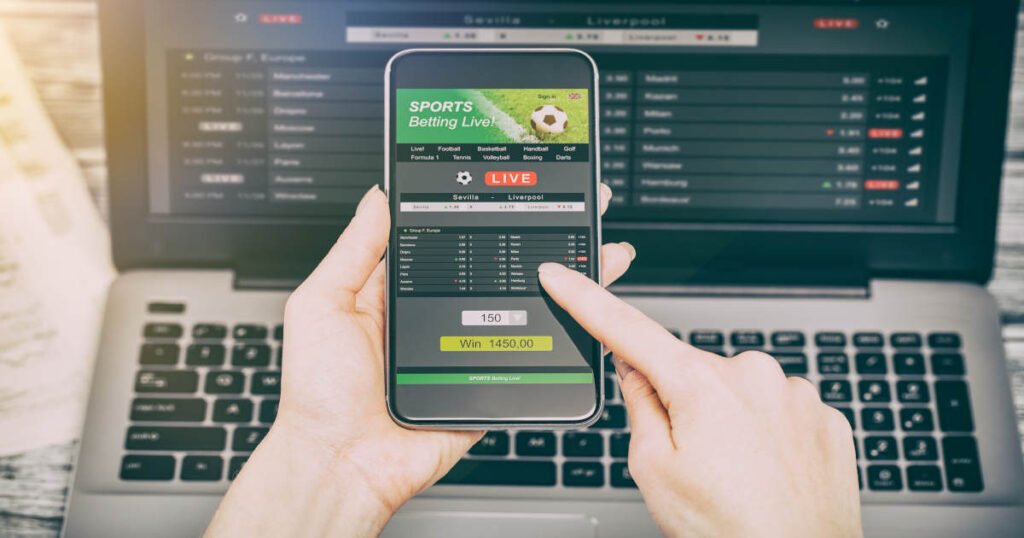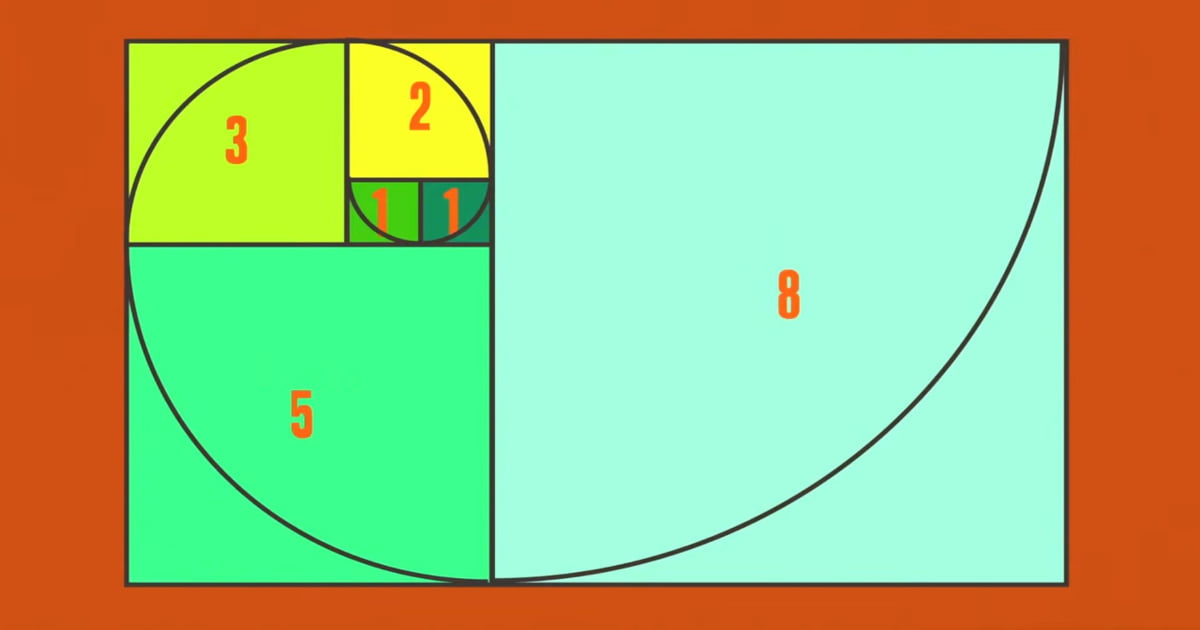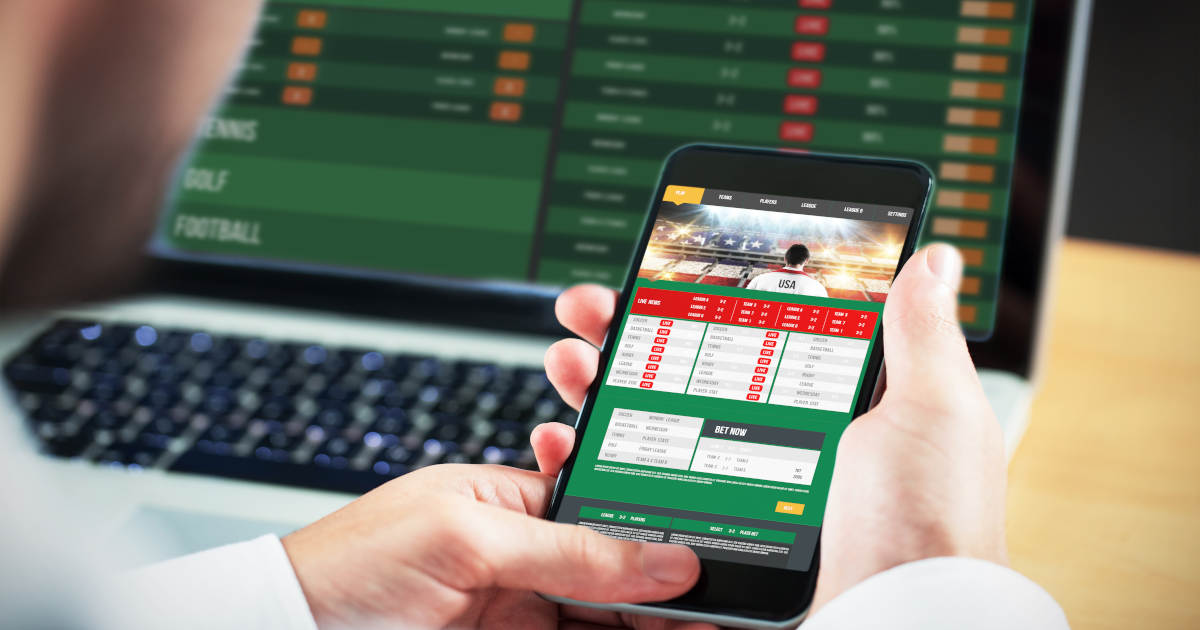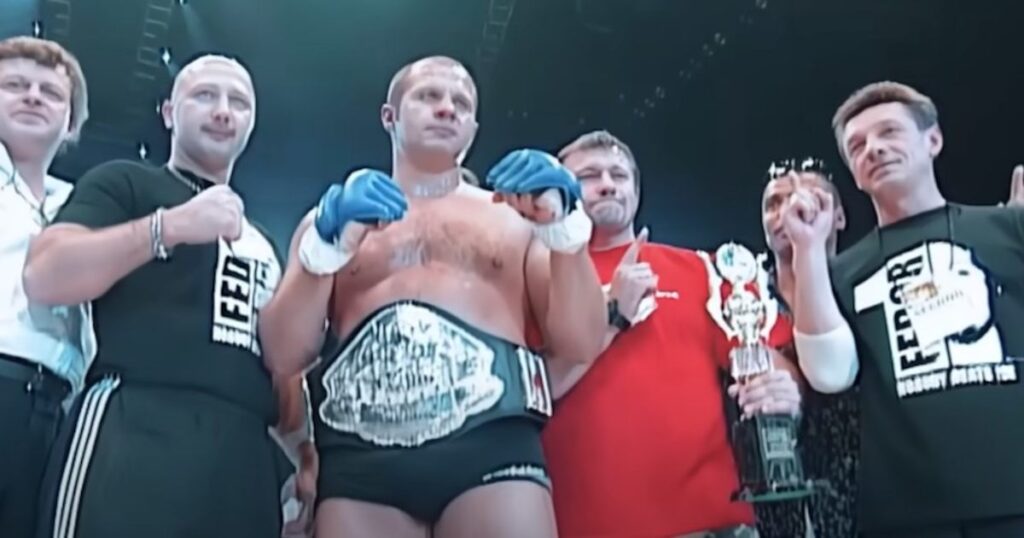Top 10 Biggest NBA Draft Busts Of All Time – Picks Who Never Lived Up To Their Potential
The NBA Draft is among the most thrilling events for die-hard basketball fans worldwide. It’s an excellent opportunity for NBA teams to secure high-level talent that could alter the entire course of their franchise. However, there are draft picks who don’t live up to expectations.
Actually, some high draft picks even end up being huge busts, and the teams who picked them end up disappointed because of their overall underwhelming performance.
In this review, I’ll take a look at the list of the top 10 biggest NBA Draft busts in NBA history.
Stay with me, and discover who they are!
#10 – Sam Bowie – 2nd Pick, 1984 NBA Draft
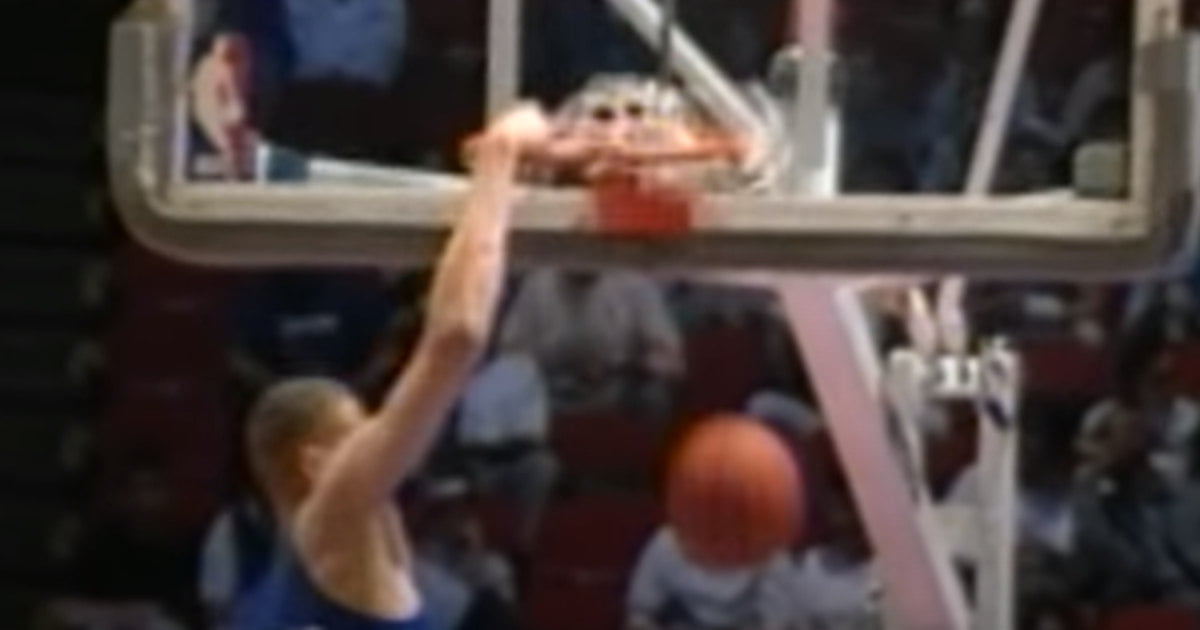
I’m starting the list with the NBA center who was among the top three picks in the 1984 NBA Draft—Sam Bowie. The 1st pick was Hakeem Olajuwon, one of the best NBA defenders of all time. The 3rd pick was Michael Jordan, arguably the greatest player to ever touch the basketball.
Chosen by the Portland Trailblazers, they were expecting a center who could improve their franchise significantly. Instead, Sam Bowie was riddled with injuries and inconsistent.
He was on the sidelines for the entire 1987-88 season and only played 25 games from 1986 to 1989. But, when he was healthy, he could play solid basketball. If we don’t count the 1986/87 season with 16.0 PPG when he only played five games, his best season was 1991/92, when he averaged 15.0 PPG and 8.1 RPG for the New Jersey Nets. He ended his career after a two-season stint with the LA Lakers.
All in all, Bowie was an average player, but being often injured and with picks who were traded after Sam overshadowed him with their immense success and made Bowie one of the biggest busts in the history of the NBA.
#9 – Michael Olowokandi – 1st Pick, 1998 NBA Draft
Los Angeles Clippers selected Michael Olowokandi as the 1st pick of the NBA Draft pick in 1998. He was ahead of future superstars of the sport like Paul Pierce, Vince Carter as well as Dirk Nowitzki. Coming off a stellar career in college basketball, Olowokandi had immense potential to be the next big thing in the NBA. Unfortunately, that never happened.
The biggest issue regarding Olowokandi was that the coaches were complaining about his lack of work ethic and playing like he was there just to collect the paycheck.
In 2011, Kareem wrote to ESPN about how he attempted to point out Olowokandi’s mistakes on the court and tried correcting his bad habits, but Michael took the advice as a personal insult.
He lasted nine seasons in the NBA, averaging mediocre numbers, 8.3 PPG and 6.3 RPG. His best season was 2002/03 when he averaged 12.3 PPG and 9.1 RPG. Apart from the Clippers, Olowokandi played for the Minnesota Timberwolves and the Boston Celtics.
It’s a real shame that the Clippers could’ve picked a much better player, but no one could know that Michael Olowokandi would end up as one of the biggest NBA Draft busts in history.
#8 – Chris Washburn – 3rd Pick, 1986 NBA Draft
Chris Washburn was an all-around great college player known for his size and great agility for a center. The Golden State Warriors selected him as the third pick in the 1986 NBA Draft, hoping he could help the franchise reach unimaginable heights.
The Warriors couldn’t have imagined how tragic Washburn’s NBA career would look, even though he stole a radio and was arrested for it before the draft.
That 1986 NBA Draft was one of the worst in NBA history since four of the top 10 picks had drug issues. The unluckiest of the four was the 2nd pick, Len Bias, who passed away just two days after the draft due to an overdose. While the 6th pick, William Bedford, and the 7th pick, Roy Tarpley, were banned from the league for using drugs.
When it comes to Washburn, he developed a nasty habit of using cocaine and even got a kidney infection in his rookie year with the Warriors. He only played for three seasons, 72 games in total, with 3.1. PPG, and 2.4 RPG.
The NBA banned him for life in 1989 since he managed to fail three drug tests. There is no doubt that Chris Washburn was the worst Warriors draft pick ever.
#7 – LaRue Martin – 1st Pick, 1972 NBA Draft
Having a stellar college career and being a double-double machine were the main factors why the Portland Trailblazers selected LaRue Martin as the 1st pick of the 1972 NBA Draft. He was drafted ahead of future NBA legends like Julius Erving and Bob McAdoo. Although LaRue put up impressive performances in college as an elite center, those skills never translated into the NBA.
His lack of effort and work ethic were why he didn’t end up being successful, along with showing no genuine interest in playing basketball. Despite being a 7-foot center, he only averaged half a block per game in his 4-year stint in the NBA. He averaged an unremarkable 5.3 PPG and 4.6 RPG. Many NBA fans think LaRue Martin was one of the worst 1st picks of all NBA Drafts.
After his underwhelming NBA career, which he ended in 1976, LaRue Martin went to try his luck in the corporate world.
#6 – Adam Morrison – 3rd Pick, 2006 NBA Draft
Adam Morrison was regarded as one of the best college basketball players in 2006. That’s why the Charlotte Bobcats chose him as the 3rd pick of the NBA Draft in 2006. Besides Morrison, the Bobcats could’ve picked up players like LaMarcus Aldridge or Rudy Gay. Morrison was a prolific scorer in his college days, but that wasn’t the case in his short NBA career. He only averaged 7.5 PPG and 2.1 RPG.
His rookie year was his best one, and from then on, it all went downhill. He missed out his entire sophomore NBA season with a knee injury. He wasn’t the fastest player out there, and that injury worsened his speed. After the Bobcats, he went to the LA Lakers and won two NBA championships, even though he didn’t contribute much to the teams’ success.
After playing four seasons in the NBA, Morrison finished his career and went to play basketball overseas. His career was marred by injuries and inconsistency, culminating in his status as one of the NBA’s worst Draft picks.
#5 – Hasheem Thabeet – 2nd Pick, 2009 NBA Draft
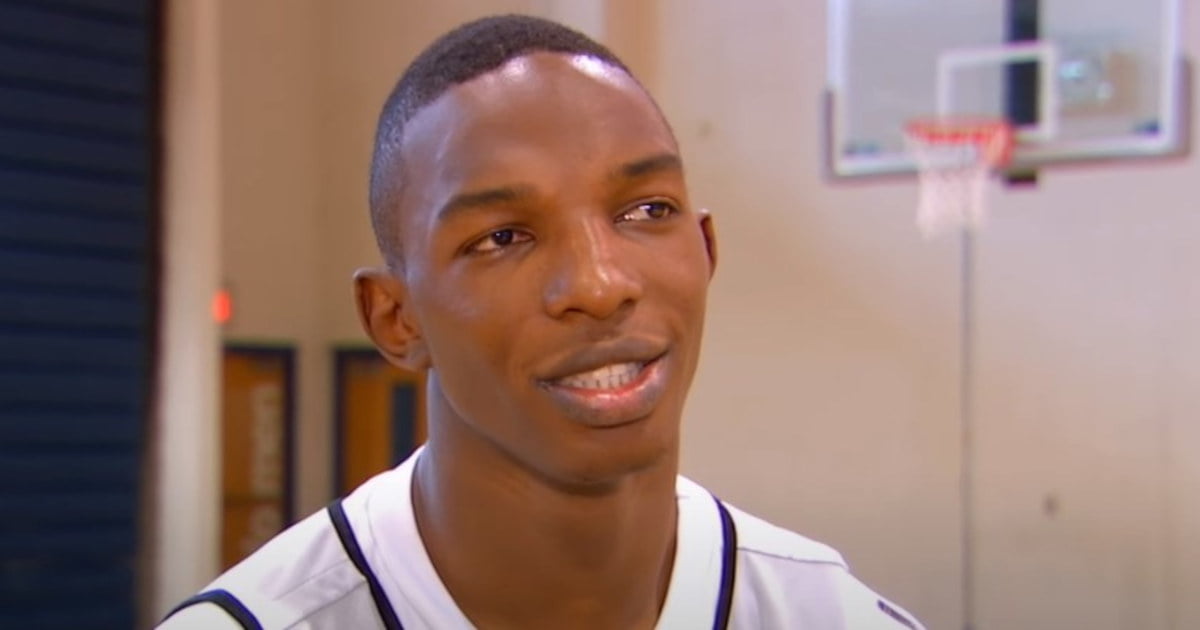
Another center on the list is Hasheem Thabeet, who was selected by the Memphis Grizzlies at the 2009 NBA Draft. The Grizzlies thought that Hasheem could be the player that would bring the long-awaited fame and alter the course of their franchise.
He looked really promising since he was a dominant and quite talented 7’3” center. Sad to say, they were wrong. Apart from Thabeet, there were many superb players who were ripe for the taking in the draft, like Blake Griffin, James Harden, and Steph Curry.
Hasheem was really struggling while being in the NBA since he didn’t have impressive offensive skills, especially when it came to his post moves. After being with the Grizzlies for a season and a half, they got rid of Thabeet, and he went to the Houston Rockets, where he was horrendous as well. He also played for the Portland Trailblazers and the Oklahoma City Thunder before finishing his NBA career after only five years in the league.
Throughout his time in the NBA, he always had a hard time getting minutes, and he was a starter in only 20 out of 224 games that he played in. Thabeet averaged an abysmal 2.2 PPG and 2.7 RPG during his nightmare of a career.
He was out of the NBA in 2014, and many fans think that he’s one of the worst 2nd draft picks in recent history.
#4 – Greg Oden – 1st Pick, 2007 NBA Draft
The NBA Draft in 2007 revolved around two major prospects—Kevin Durant and Greg Oden. The Portland Trailblazers selected Oden as the 1st pick of the NBA Draft. At the time, no one would‘ve said that the Trailblazers made the wrong choice since Oden was massively talented and performed tremendously both in high school and in college too. With his sheer size and agility, Oden was unstoppable.
Regrettably, his career in the NBA was derailed by multiple knee injuries, and he only played in 105 games across three seasons. He missed his rookie year, and he didn’t play between 2010 and 2013 because of knee injuries. So, the main reason why he’s a massive bust was injuries, but inconsistency also played a big role.
If we ignore the injuries, when he played, he was quite solid, both offensively and defensively. For the duration of his short NBA career, Oden averaged 8.0 PPG, 6.2 RPG, and 1.2 BPG.
No one knows how good Oden could’ve been, but from what he’s shown, he’s up there among the biggest NBA busts.
#3 – Kwame Brown – 1st Pick, 2001 NBA Draft
Kwame Brown was chosen by the Washington Wizards as the 1st pick of the 2001 NBA Draft. Washington picked him up straight from high school, where he was a force to be reckoned with since he was 7ft tall and super athletic. He was picked ahead of high-level players like Tyson Chandler, Pau Gasol, and Jason Richardson.
An interesting fact is that the then President of Basketball Operations of the Washington Wizards, the GOAT Michael Jordan, was the one who chose Kwame Brown.
He definitely didn’t live up to the hype, since he only averaged 6.6 PPG and 5.5 RPG. These are solid numbers for an average player, but rather disappointing for a 1st NBA Draft Pick. He was immature, and really not ready for the NBA, along with lacking fundamental skills.
Despite his lackluster performances, he was plagued by injuries during his career. Kwame also had off-court controversial moments, when he was arrested in 2007, and was accused of rape too. Besides the Wizards, he played for numerous teams like the LA Lakers, Memphis Grizzlies, Philadelphia 76ers, Golden State Warriors, etc.
Even though he had the potential to be a generational big man, Kwame’s career was overall disappointing. No doubt, he’s one of the biggest NBA busts of all time.
#2 – Anthony Bennet – 1st Pick, 2013 NBA Draft
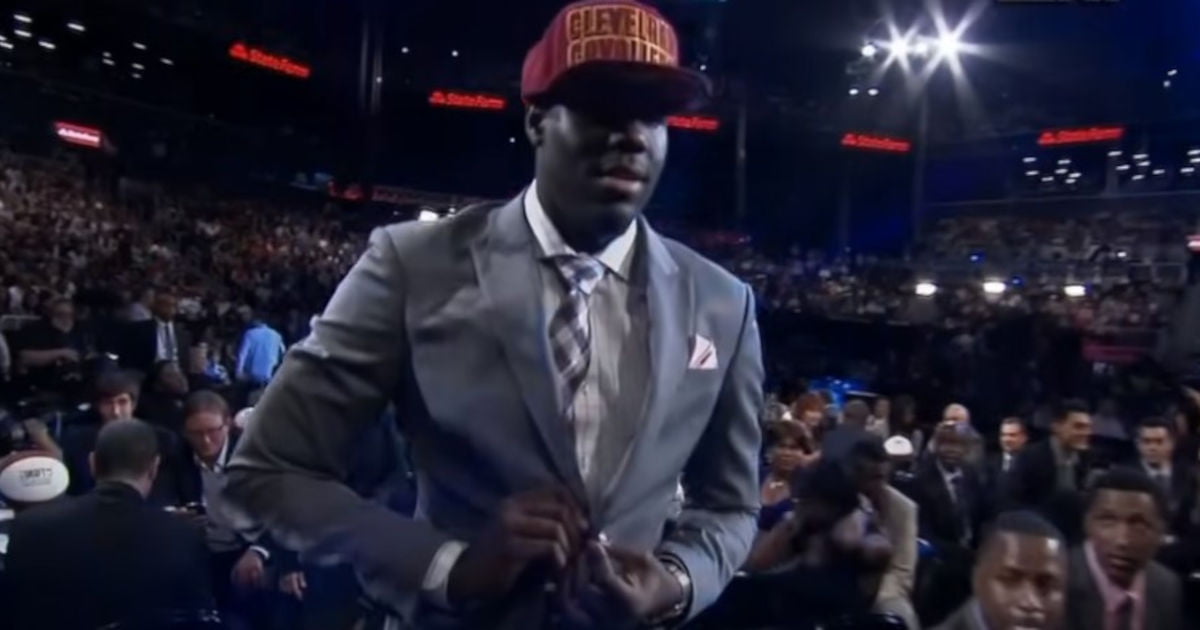
What a disappointment turned out to be the 1st NBA Draft Pick in 2013—Anthony Bennet. He was picked ahead of players like Victor Oladipo, CJ McCollum, and Giannis Antetokounmpo. If the Cavaliers went for either of those three, they couldn’t have gone wrong.
However, the Cleveland Cavaliers selected Benett as their next star in the power forward position since he proved himself as a high-level scorer and rebounder in college.
But, in the NBA, Bennet was disastrous. He wasn’t tall enough to play in the paint and was slow to play on the perimeter. He just didn’t have the tools to be a great NBA player. Apart from unimpressive skill set, he was also often injured.
In his rookie season, he scored his first shot after five games. He spent only four seasons in the NBA, averaging 4.4 PPG and 3.1 RPG. Bennet only started in 4 out of 151 games he played. He played for the Cavaliers, Minnesota Timberwolves, Toronto Raptors, and the Brooklyn Nets before finishing his career in the NBA. He went to play overseas after the NBA.
The Cleveland Cavaliers had high hopes for Bennet, but instead, he turned out to be one of the quickest draft picks to become a bust and a massive one as well.
#1 – Darko Milicic – 2nd Pick, 2003 NBA Draft
The No. 1 spot goes to the Serbian center—Darko Milicic. The Detroit Pistons chose him as the 2nd pick in the 2003 NBA Draft. The Pistons wanted to secure a top-notch center that could help the franchise win titles. The Pistons did win the title in 2004, but Darko didn’t play a significant role in winning the championship.
Milicic had everything to become an NBA superstar: shooting, passing, rebounding, size, and athleticism. For a 7-foot center, he was relatively fast as well. He was selected ahead of future Hall of Fame players like Dwayne Wade, Chris Bosh, and Carmelo Anthony, while the 1st pick was Lebron James. Before joining the NBA, Darko had an outstanding career in Serbia and was among the top European prospects.
However, in the NBA, Milicic performed disappointingly. He lacked the proper work ethic, tenacity, and aggression for a center in the NBA. He played for ten seasons in the league but never showed his true potential, unfortunately. Darko averaged 6.0 PPG, 4.2 RPG, and 1.3 BPG.
Besides the Pistons, who regretted selecting him, Milicic played for numerous NBA teams like Orlando Magic, Minnesota Timberwolves, Boston Celtics, etc.
His lack of development, discipline, and his inability to adapt to the NBA’s playstyle made him the biggest NBA bust in this league’s history.
Read next: Ranking The Worst NBA Teams Of All Time – 10 Squads With Historically Poor Records
